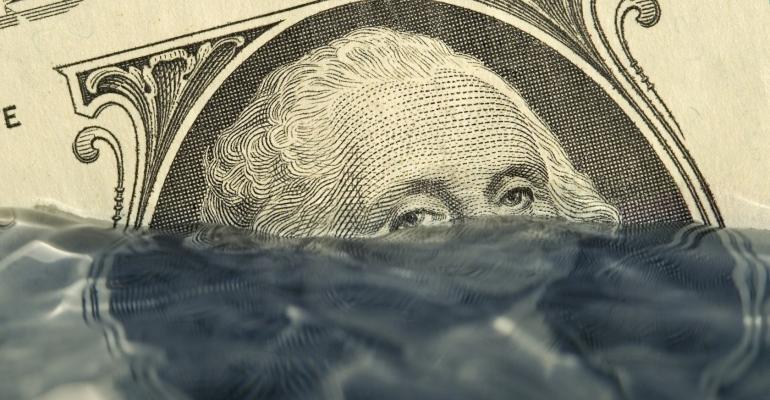The good news is that some experts see inflation peaking this summer; the bad news is that prices will continue to rise. According to Kiplinger’s recent forecast, inflation “should peak at about 9 percent by the end of the summer, then decline gradually after that, ending the year at about 8 percent before dropping to 3 to 4 percent next year.”
The predicted slower rate of inflation is cold comfort, though, to meeting and incentive professionals working to deliver quality programs with budgets built on outdated price expectations.
“We’re finding that inflation is impacting meeting budgets to varying degrees and in different ways,” says Margaret Foley-Easter, director, account operations and insights, global at Creative Group. “Here are two high-impact examples: In one case, international airfares were up 42 percent compared to 2019 rates, comparing the same season and destination. And, in another case, the meeting space Wi-Fi costs increased to six times the 2019 rates at the same hotel with identical specifications."
Almost every meeting professional can share similar price-hike shockers, many related to fast-rising airfares. For example, Jay Klein, CEO of M-Plus Global Events, compares a pre-pandemic incentive trip to Napa, Calif., with an average participant airfare of $450, with a recent program in Napa with an average airfare of $1,350 for essentially the same city pairs.
Planners also point to rising F&B prices and, Klein notes, a trend toward higher service fees on banquet spending. “No more than a few years ago, 20 to 22 percent was about norm,” he says. “Now, it's very unusual to see anything less than 24 to 25 percent.”
The implications of unanticipated cost hikes are being felt throughout the industry. And when budget increases are not an option, program elements need to be scaled back or removed.
For Rick Cosgrove, president of Agency EA, client reactions to the price hikes have taken several forms. “All of our programs are seeing the realities of inflation through increased shipping, rental, and labor costs. Clients who cannot simply expand their overall spend have taken three routes: reduce activation experiences to focus their dollars on creative content, minimize their typical F&B spend, or find a venue/city with more flexible union regulations to maximize their labor spend.”
Something’s Got to Give
How to avoid the sticker shock? Inflation has been most noticeable in air and F&B costs, says Iris Huisman, senior event manager, BCD Meetings & Events, so “locking in menus earlier will take some of the unpredictability away. As for air, booking earlier rather than later is, of course, always advisable. In this post-pandemic world, though, the trend is for clients to book/confirm much later, which is not helping budgets.”
Foley-Easter agrees. “The farther out we can make decisions on program elements, the greater possibility we have of controlling costs. It’s an issue of supply and demand—as supply decreases, our prices are going up.” Planners, she says, must be creative about finding ways to cut spending without impacting the program. “For example, we recently moved an off-site dinner from one location that required transportation to another that was walkable, allowing us to save transportation costs but not affecting the overall dining experience. It feels like a big win when we can make that happen,” she says.
Making changes to initial budgeting and pricing is also inevitable for some meeting and incentive companies to protect themselves and their clients. For Huisman at BCD M&E, that means building in a bigger budget cushion. “As a planning team, we try to protect our clients from unexpected costs and always include an inflation allowance when planning future-year events. Typically, this has been around the five-percent mark. Going forward we will be looking to include a higher inflation allowance.”
For Jay Klein, selling incentive travel at a per-person or per-couple package price may soon have to come with an asterisk on the airfare figures. If the airfare is higher than predicted, the client will have to cover the difference. “We've never had to do it before. There was never so much volatility.” But now, he says, it’s just smart business. “We must have the ability to pass some of that risk on to our clients, which we don't like. But we're probably going to end up doing that.”





